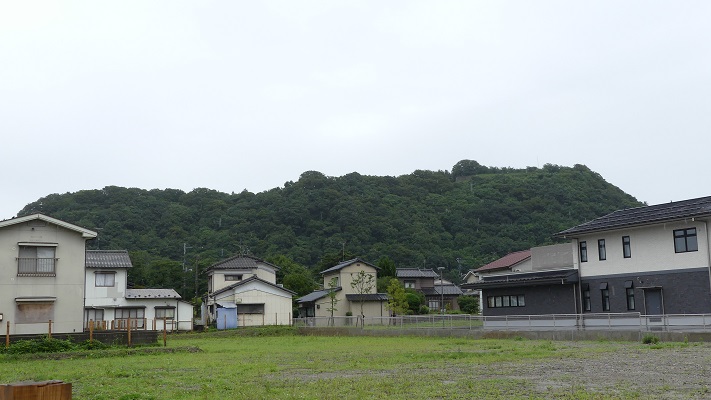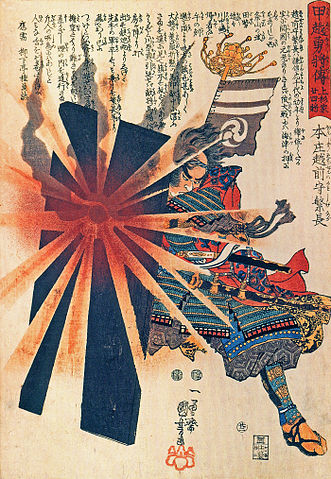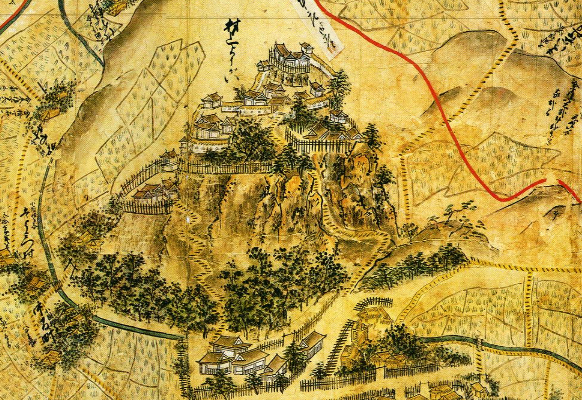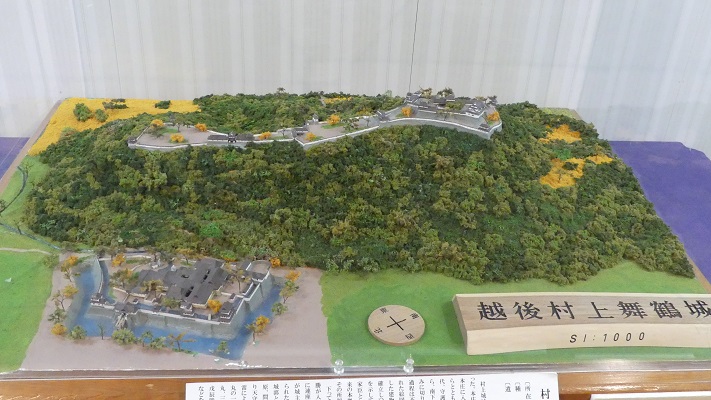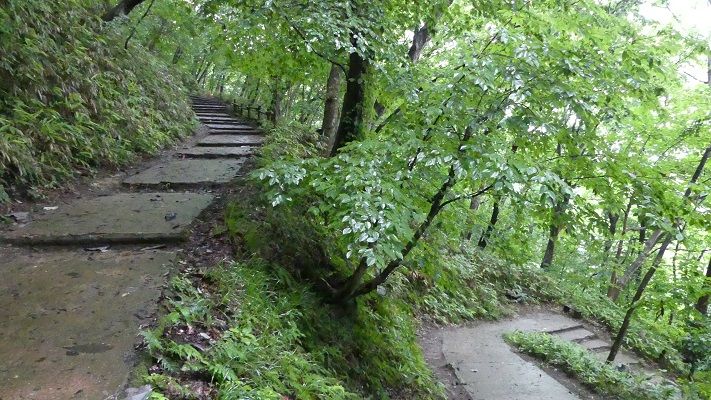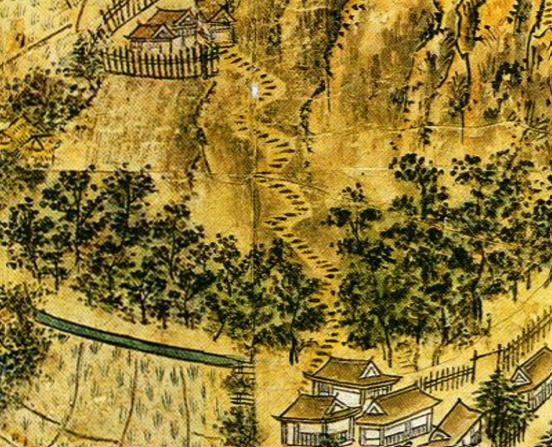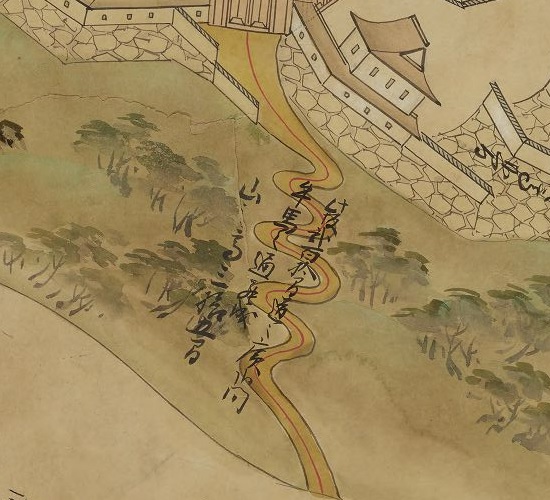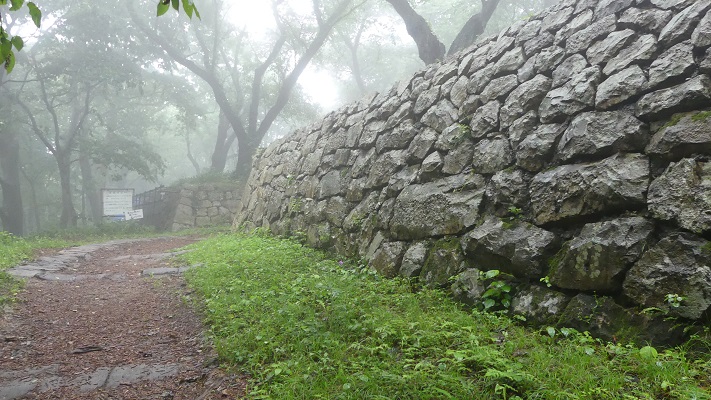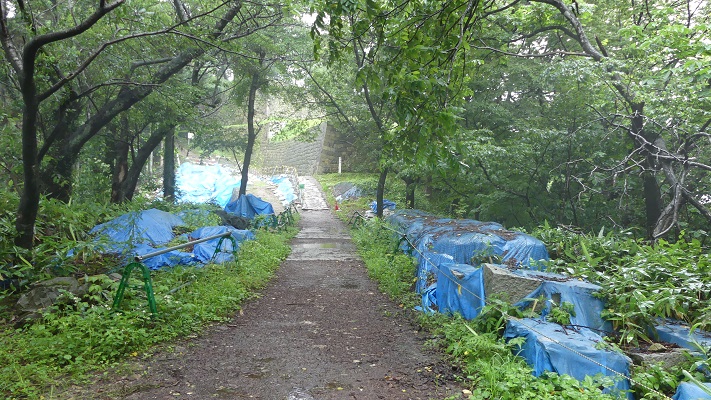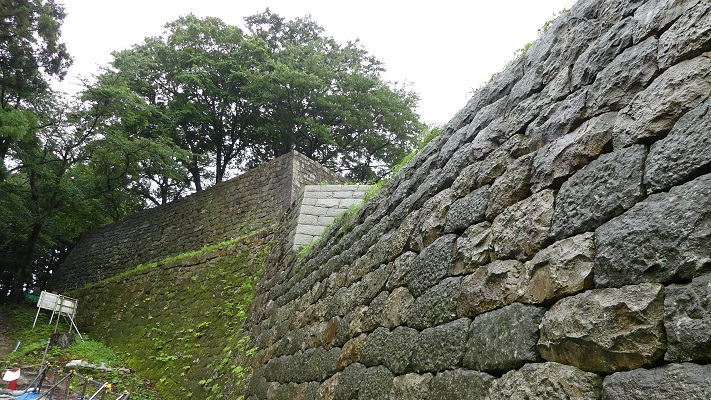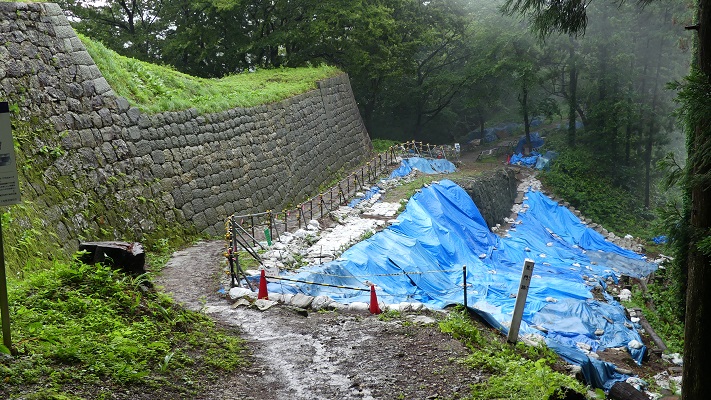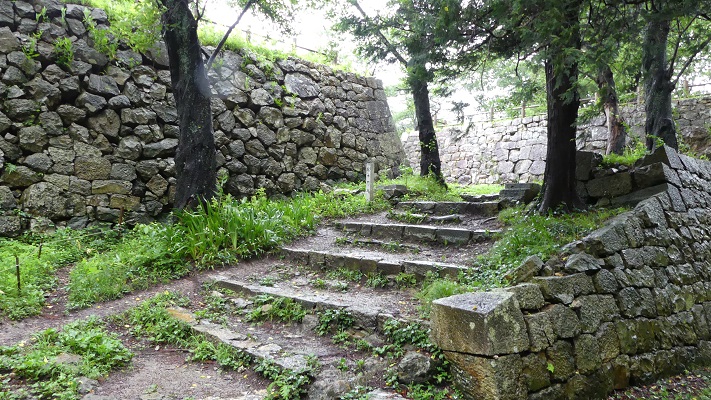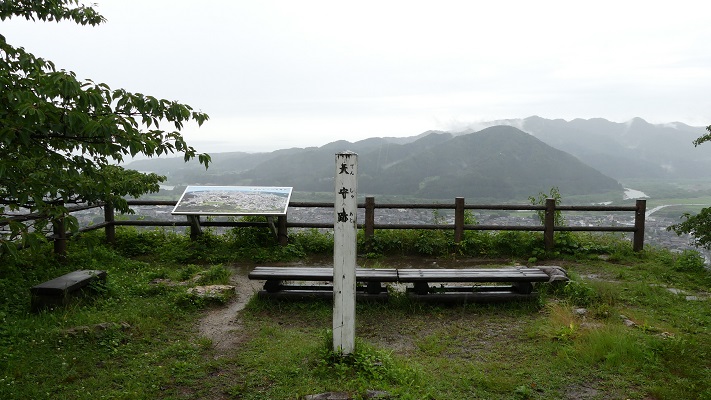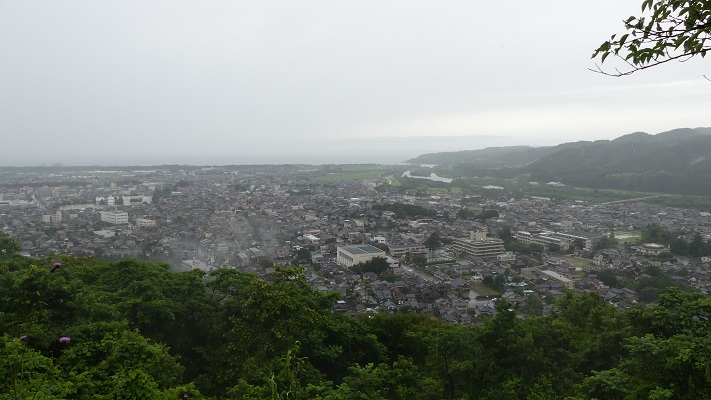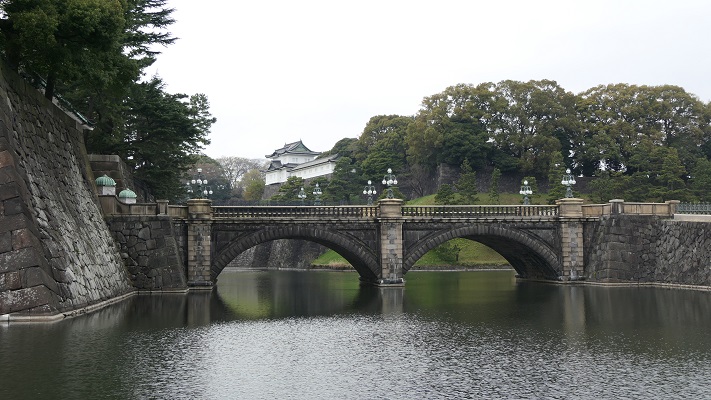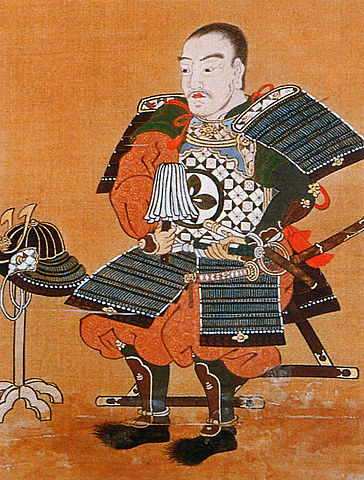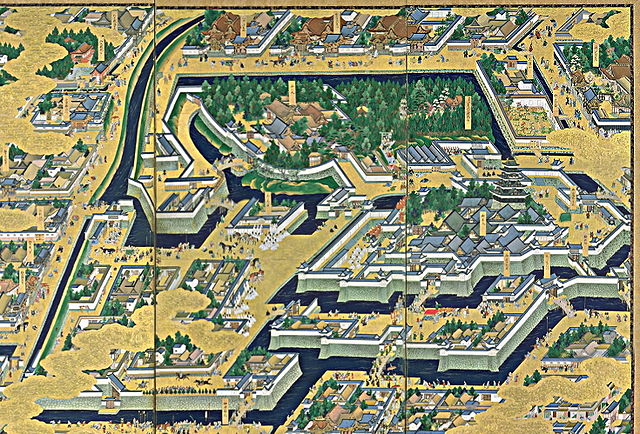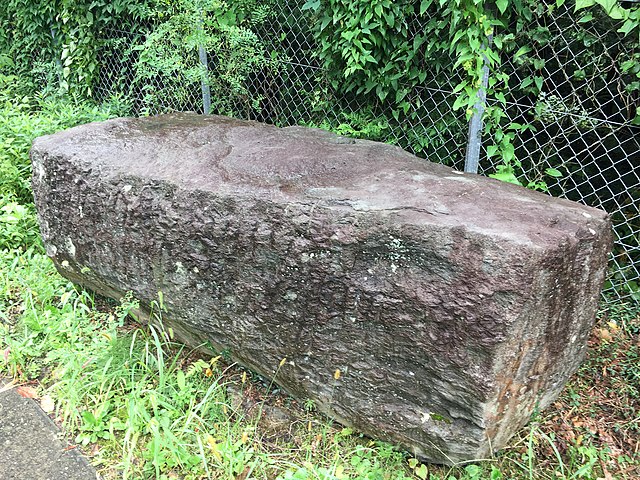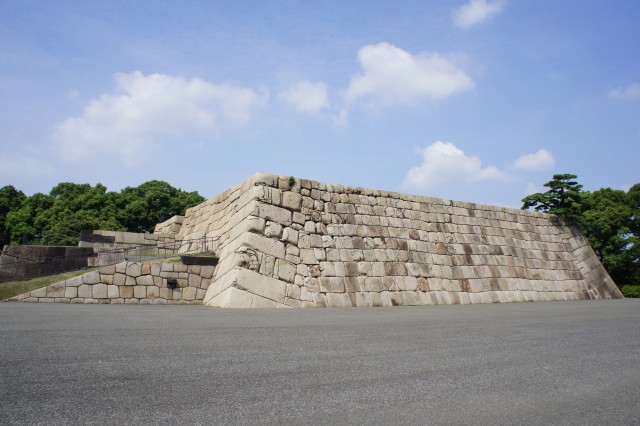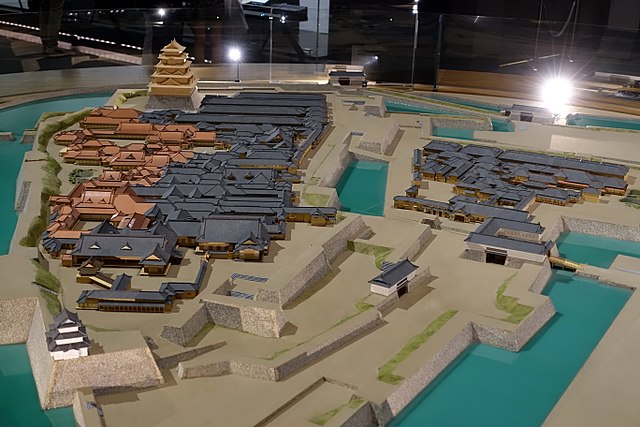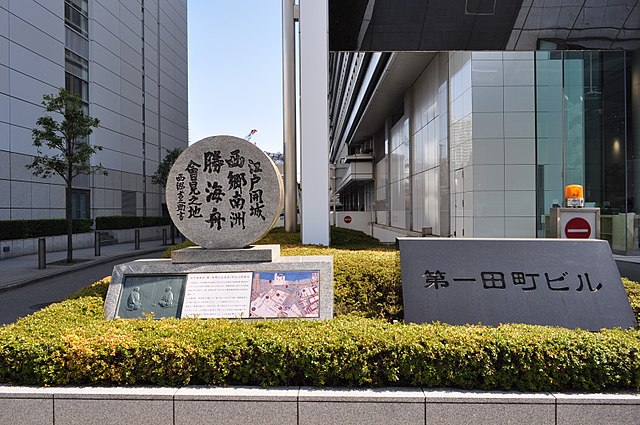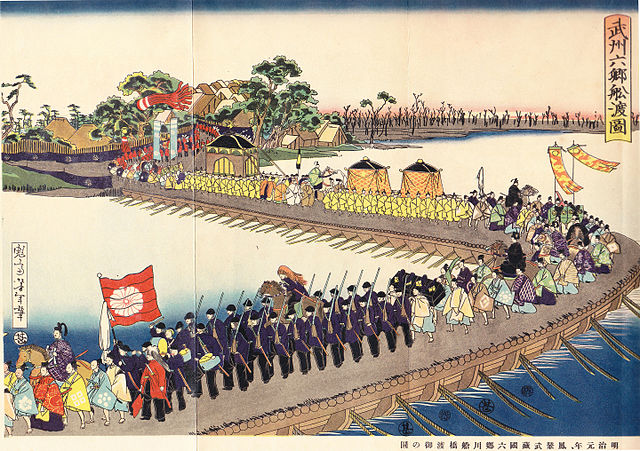この大きな山城は、過酷な籠城戦を戦い抜きました。
This large mountain castle fought severe sieges.
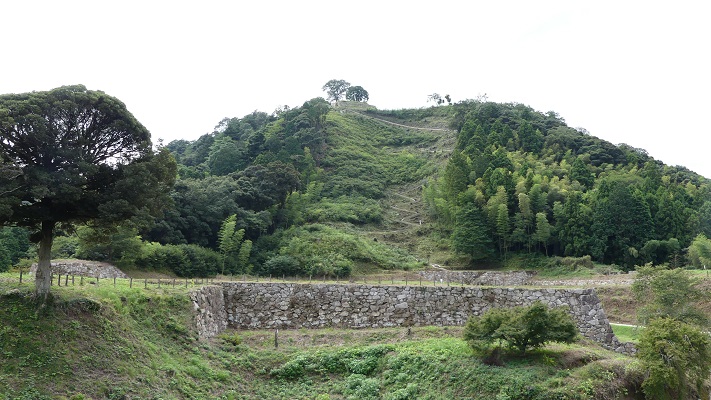
立地と歴史~Location and History
山陰地方は現在、どちらかというと地味なイメージがあります。しかしながら、近代以前、この地方は人口面でも経済面でも繁栄していました。かつては沿岸航海が主要な交通手段でした。この地方の都市はこの経路に沿っていました。ここには石見銀山もあり、世界遺産になっています。戦国時代には、この鉱山からの銀は世界の3分の1のシェアがあったと言われています。山陰には鉄鉱山とその関連産業まであって、武器製造に生かされました。
San-in region now has a comparatively quiet image. However, before the Modern Ages, the region flourished in both population and economy. Sailing along the coast was a major way of transportation. The cities in the region were among the route. It also had Iwami Silver Mine, which has become a World Heritage Site. It is said that the silver from the mine was shared with one third of the world in the Warring States Period. San-in even had iron mines and relative industries which could produce weapons.
尼子氏はこの3つの重要資源を握っていて、有力な戦国大名となりました。月山富田城はもっと以前からあったのですが、尼子経久が15世紀後半にこの城を拡張しました。
The Amago clan had three important resources, then became great warlords. Though Gassan-Toda Castle was founded in earlier times, Tsunehisa Amago improved the castle in the late 15th century.
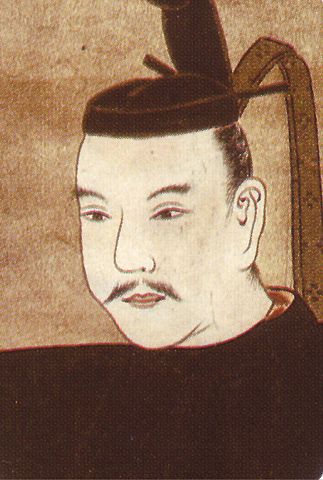
城は、靴のような形の月山の上に築かれました。そこには約500の曲輪があり、城下町の民衆を収容できるようになっていました。靴の形の甲の部分にあたる、城の中心である山中御殿に至るには3つのルートがありました。詰め城である本丸、二の丸、三の丸の各曲輪は、靴の形の頂点の部分にあり、御殿とは「七曲り」と呼ばれるたった一本の曲がりくねった山道でつながっていました。尼子は支城のネットワークも作り、本拠地の月山富田城を支えていました。
It was on Mt. Gassan, which looks like a shoe. It had about five hundred enclosures and could accommodate people in the castle town. There were three routes to reach Sanchu hall, the center of the castle, which was located on the upper part of the shoe shape. The last area of the castle, Honmaru, Ninomaru and Sannonaru enclosures were on the top part of the shoe shape, connected with the hall by only one zigzagged trail called “Nana-magari”. Amago made a network of branch castles as well to support the home base Gassan-Toda.
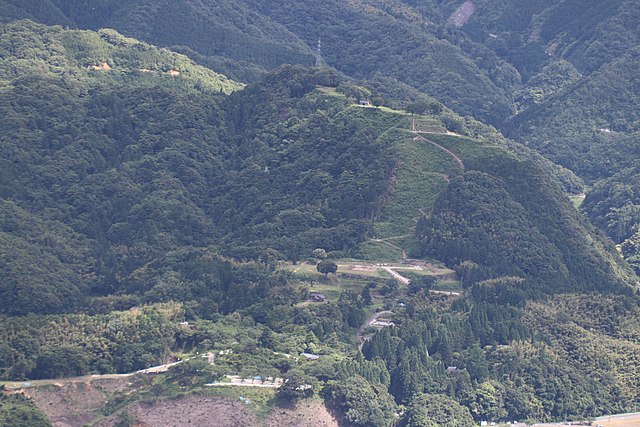

大内氏がこの城を1543年に攻撃しましたが、失敗し撤退しました。このことで大内氏の影響力が低下し、1551年の滅亡につながりました。大内氏の後継である毛利氏はより慎重に準備しました。毛利はあらかじめ尼子から石見銀山と支城を奪いました。毛利元就は、1565年に約3万の軍勢をもってこの城を攻撃しました。この攻撃は、尼子義久と約1万の守兵により再び退けられました。元就は戦術を変え、城を包囲し、多くの砦を築きました。この包囲戦は1年7ヶ月続きます。元就は尼子に内輪揉めを仕掛け、兵糧も尽きたため、義久はついに降伏しました。
The Ouchi clan attacked the castle in 1543, but failed and withdrew. It reduced their influence, and led to the destruction of the clan in 1551. The Mori clan following Ouchi, prepared more carefully. Mori took Iwami Mine and the branch castles away from Amago in advance. Motonari Mori with about 30,000 soldiers attacked the castle in 1565. This attack was repelled by Yoshihisa Amago with 10,000 defenders as well. Motonari changed his tactic, and surrounded the castle, building many fortresses. The siege lasted for one year and seven months. In the end, Yoshihisa surrendered after Motonari caused internal trouble in Amago, and supplies ran out.
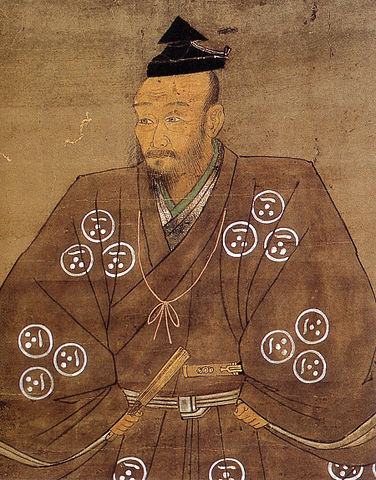
尼子の遺臣である山中鹿之助は1569年に尼子の仇を討とうとしました。彼は6千の同志とともにこの城を攻撃しましたが、そのときにはたった300名の守兵しかいませんでした。ところが城は持ちこたえ、毛利からの援軍が到着したことで鹿之助は撤退せざるを得なくなります。
The surviving retainer of Amago, Shikanosuke Yamanaka tried to avenge his clan in 1569. He attacked the castle with 6,000 supporters, while just 300 defenders were in the castle. However, the castle withstood the attack. Shikanosuke had to give up when reinforcements for Mori arrived.
.jpg)
徳川氏の統治となって、1600年に堀尾氏がこの城に移されてきました。彼らは本拠地を新しい城、松江城に移すことにしました。月山富田城は1611年に廃城となります。
During the Tokugawa clan’s governance, the Horio clan was transferred to the castle in 1600. They decided to move their base to a new one called Matsue Castle. Gassan-Toda castle was abandoned in 1611.
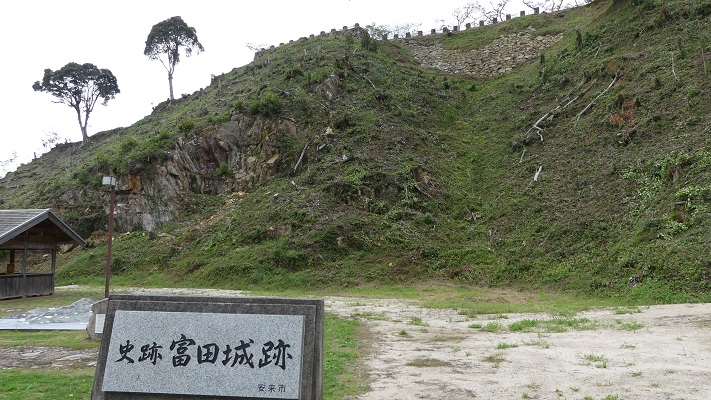
特徴~Features
現在、観光客の人たちは通常、道の駅「広瀬・富田城」近くの、三つの登り口の一つ、菅谷口から登り始めます。山中御殿跡までたどり着くのに、いくつもの曲がりくねった道、曲輪、堀、そして関門を超えていかねばなりません。
Now, visitors usually start to climb up from Sugatani Route, one of three routes to the castle, near the roadside station “Hirose-Todajo”. You have to climb over several winding roads, enclosures, moats and gates to reach Sanchu hall ruins
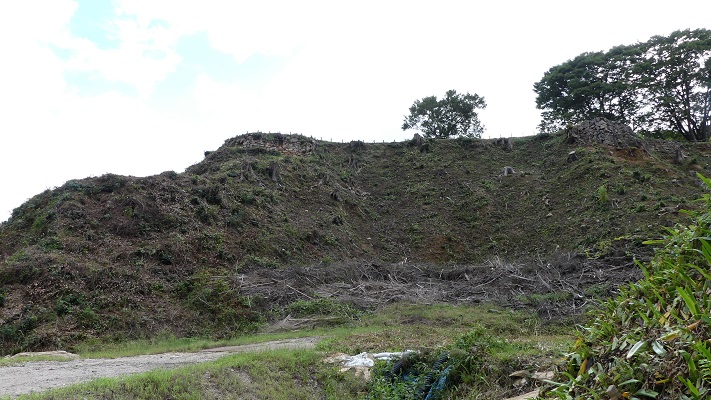

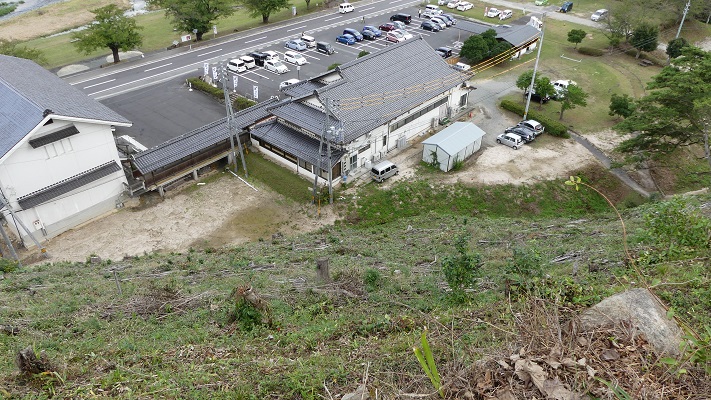
その途中には鹿之助の銅像もあります。
You can see the statue of Shikanosuke on the way.

山中御殿の前には、花の壇曲輪の上に復元された木造建物があります。
There are also restored wooden buildings on Hananodan enclosure in front of Sanchu hall.


城の主は通常は御殿の方に住んでいました。
The lords of the castle usually lived in the hall.
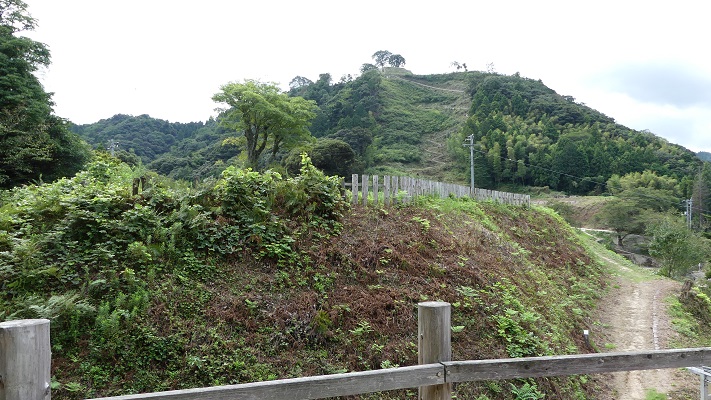
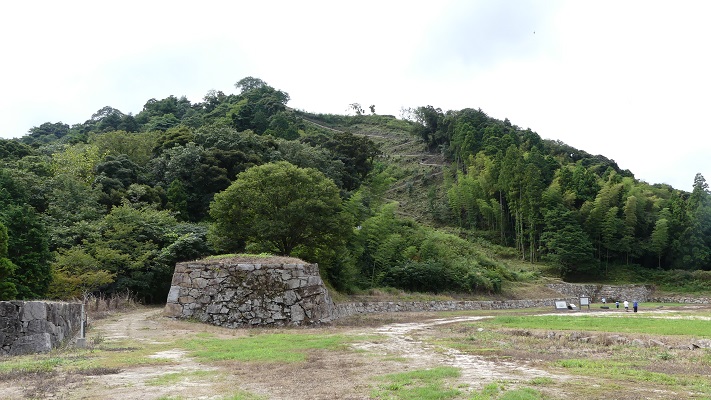
城で戦いが起こったときには、七曲りの山道を通って頂上の方に移動しました。尼子と毛利は、この山道を巡って戦ったと言われています。
When a battle happened there, they moved to the top area through Nanamagari trail. It is said that Aamago and Mori fought each other along the trail.

頂上の区域は、手前から奥に向かって三の丸、二の丸、本丸となっています。想像していたよりずっと広かったです。それで尼子は長い間持ちこたえられたのでしょう。
The top area includes Sannomaru, Ninomaru and Honmaru from the front to the back. The area is larger than I expected. That might make Amago keep the castle for a long time.
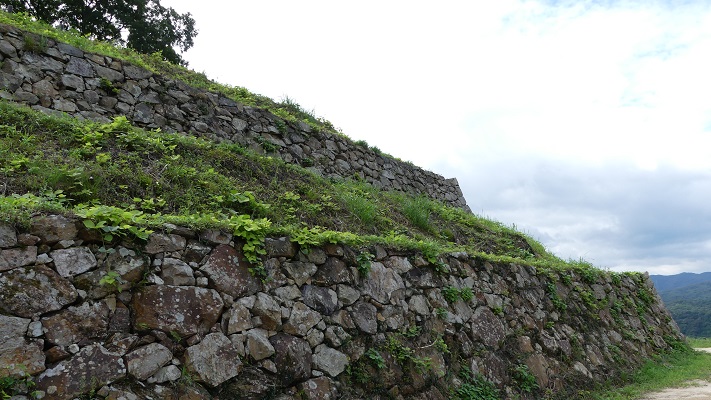


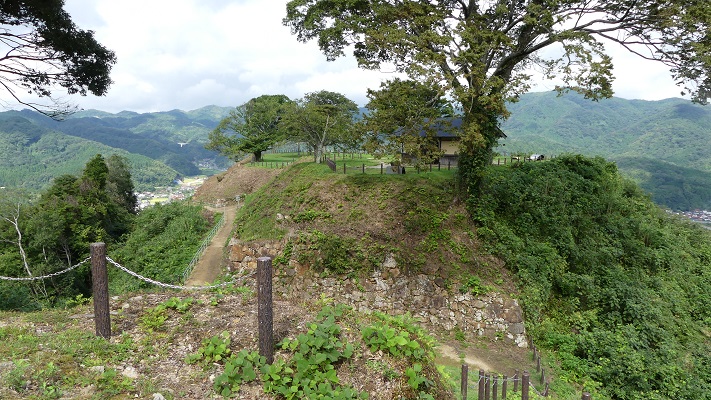
頂上からは海まで広がる地域一帯を見渡せます。尼子もまたここから自らの領地を見下ろしたことでしょう。
You can see a great view of the area below to the sea, from the top. Amago must have looked over this territory, too.
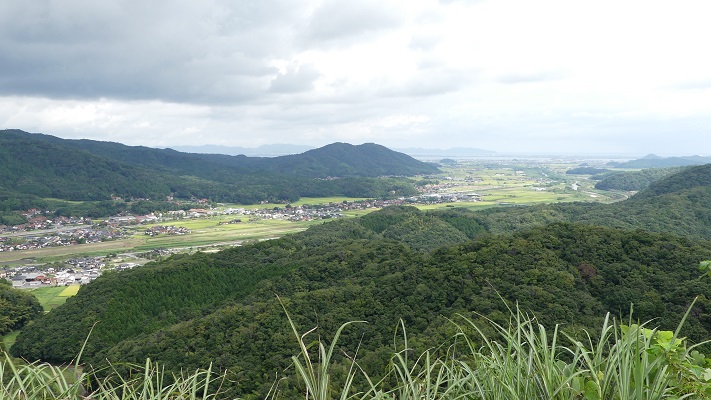

その後~Later Life
城跡は1934年に国の史跡に指定されました。また自治体も歴史公園として整備を行ったことで、気軽に訪れることができるうようになっています。
The castle ruins were designated as a National Historic Site in 1934. In more recent years, they were also developed as a historical park by officials. We can easily visit them.

私の感想~My Impression
御籠り口と呼ばれるもう1つの城への登り口は車で通行可能です。今日では、山中御殿の近くにある駐車場まで車で行くことができます。でもお時間があれば、是非全部の行程を歩いて、城の大きさを実感していただきたいです。
Another route for the castle called Okomori Route is available for cars. Today, you can reach the parking lot near Sanchu hall by car. But, I recommend you to walk all the way on foot and feel how large the castle was, if you have time.

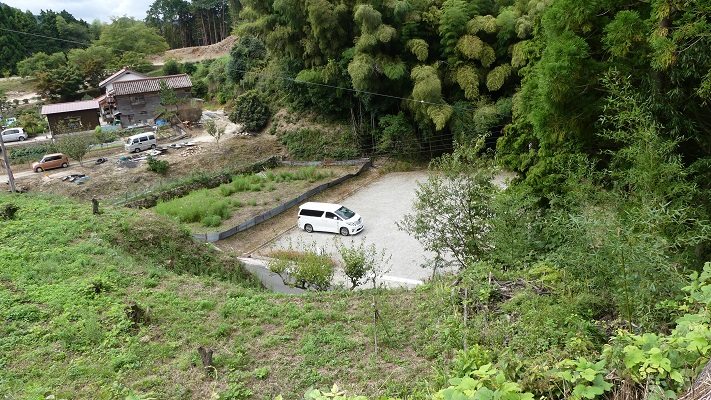
ここに行くには~How to get There
ここに行くには車がお勧めです。山陰自動車道安来ICから約20分、JR安来駅から約20分かかります。安来駅には米子空港から米子駅経由の電車で1時間前後かかります。
I recommend using a car to get there. It takes about 20 minutes from the Yasugi IC on Sanin Expressway, or about 20 minutes from JR Yasugi Station. The station is around one hour from Yonago Airport by train via Yonago Station.
リンク、参考情報~Links and References
・安来観光協会、月山富田城跡~Yasugi City Official Travel Guide
・「尼子氏の城郭と合戦」寺井毅著、戒光祥出版(Japanese Book)


